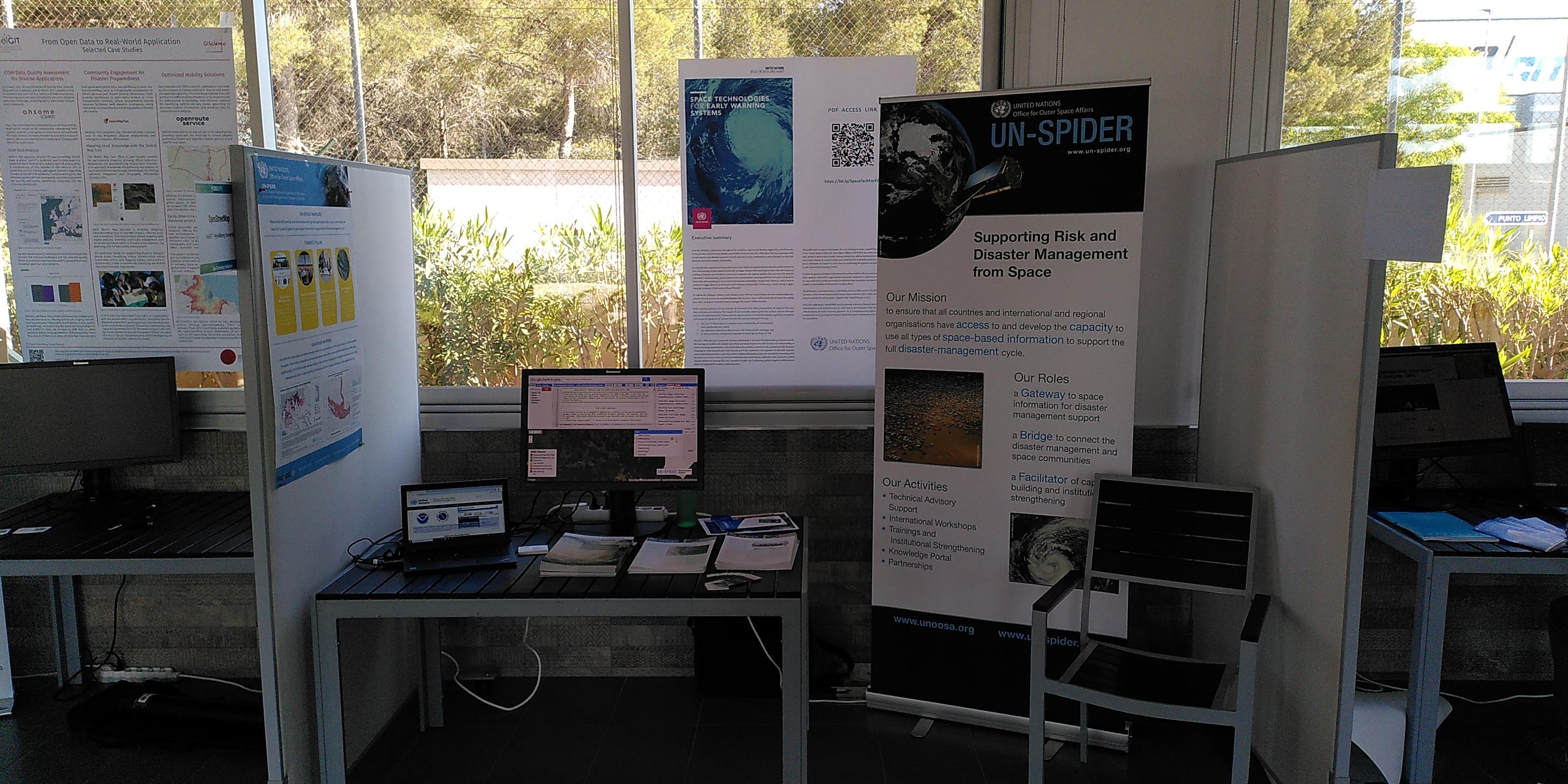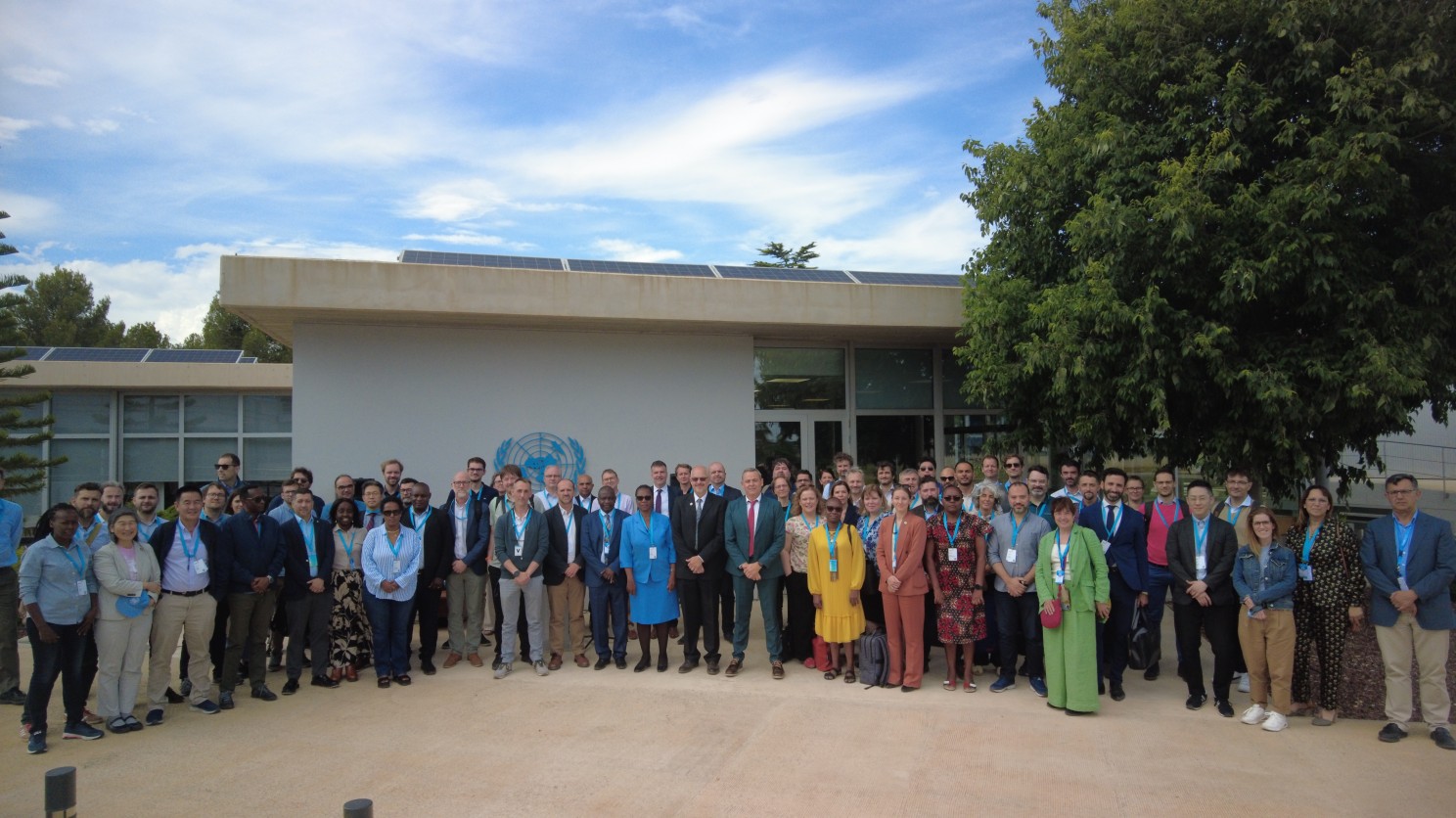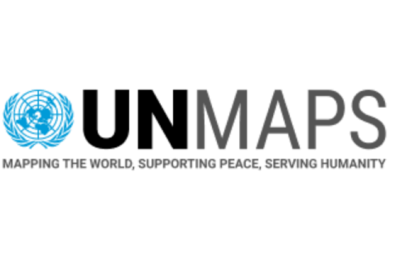This year's UN Maps Conference was organized with a focus on the UN 2.0 vision, which aims to modernize the United Nations system by integrating cutting-edge skills and a forward-thinking culture to better achieve the Sustainable Development Goals (SDGs). A key component of this vision is UN Maps, an innovative platform managed by the UN Global Service Centre (UNGSC) in collaboration with the Office of Information and Communications Technology. UN Maps combines authoritative UN data with crowdsourced information to address mapping needs, particularly in countries lacking commercial mapping services.
Originally created for peace operations and field missions, UN Maps has expanded its scope, becoming instrumental in crisis response and fostering broader UN system cooperation. The platform has been used to map missing buildings after disasters and is now supported by various UN entities contributing data.
The Conference, attended by 90 international participants, aimed to enhance information-sharing, coordination, and data-driven decision-making. Key outcomes include:
- Using UN Maps to facilitate knowledge exchange, create synergies, and promote geospatial technology collaboration.
- Improving data-sharing of authoritative administrative and place names.
- Establishing UN Maps as a vital service for transparent access and use of geospatial data as a public good.
Hosted at the United Nations Information and Communication Technology Facility (UNICTF) in Valencia, the Conference also featured a Tech Fair with contributions from academic institutions and UN entities, aligning with Valencia's status as a growing tech hub.
UN-SPIDER delivered a presentation on Earth Observation Services and participated in a panel on Earth Observation Data Sharing Mechanisms. Additionally, UN-SPIDER showcased its activities during the Tech Fair, contributing with a booth and actively engaging with participants.
The event underscored the importance of collaborative efforts to overcome challenges and leverage digital technologies in achieving the SDGs. As the UN continues to modernize through the UN 2.0 vision, platforms like UN Maps and initiatives by UN-SPIDER are critical in fostering innovation, efficiency, and transparency across the UN system.



